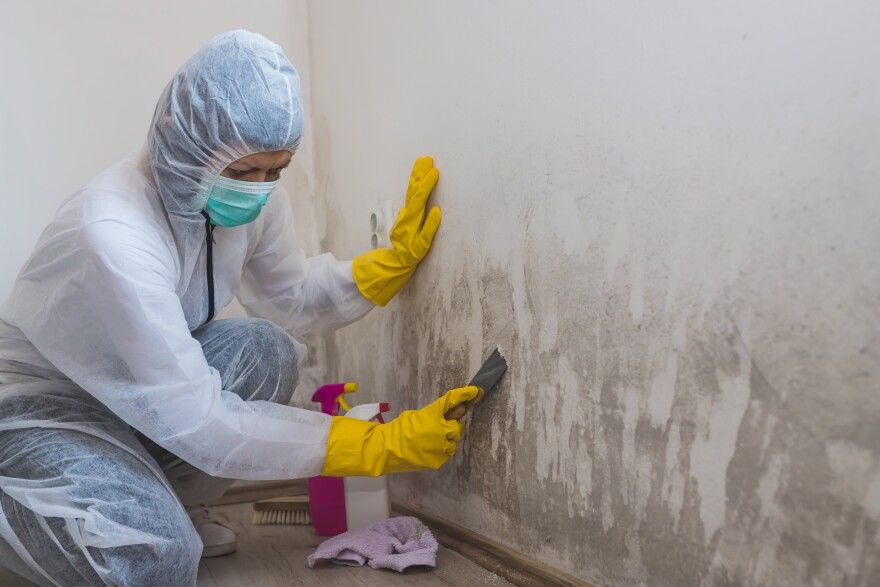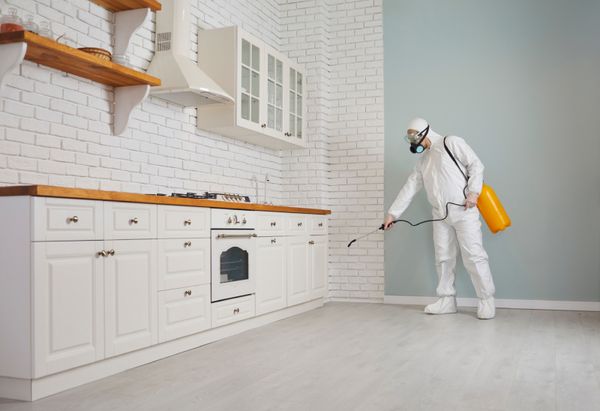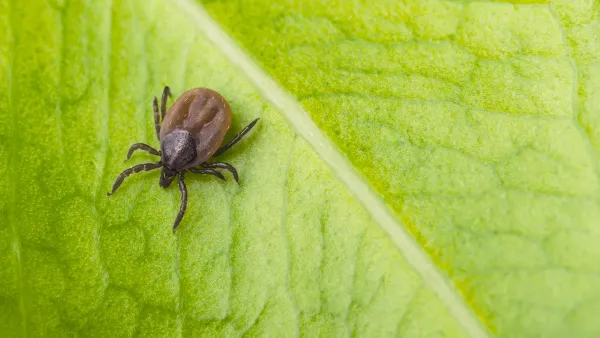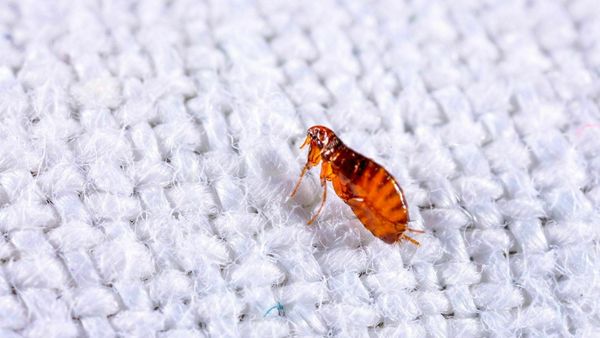Mold infestation is a common concern for homeowners and businesses alike. This silent enemy can cause health issues, lower property value, and lead to extensive structural damage if not treated promptly.
When it comes to addressing the issue, a pivotal question arises: how much does mold remediation cost? This guide aims to provide insights into the cost factors involved in mold remediation and what you can expect when budgeting for it.
Why is Mold Remediation Essential?
Mold is not just an eyesore; it can pose health risks, especially to individuals with allergies, respiratory conditions, or compromised immune systems. Common symptoms include sneezing, itching, rashes, and more severe conditions like asthma attacks. Besides health concerns, mold weakens structural components of a building, which can lead to costly repairs in the long run.
Factors That Influence Mold Remediation Cost
Extent of the Infestation
As expected, a small mold patch on a bathroom wall will cost less to treat than a basement consumed by mold growth.
Location of the Mold
Mold inside HVAC systems or within walls may necessitate specialized equipment and procedures, raising the cost.
Type of Mold
Certain mold strains, like black mold, require more rigorous treatments and precautions, which can increase the remediation cost.
Restoration Needs
If mold has caused significant damage to drywall, wooden beams, or other structural components, these materials will need to be replaced, adding to the total cost.
Average Cost of Mold Remediation
On average, homeowners might spend between $1,000 to $4,000 for mold remediation, but this varies greatly. Minor infestations can be treated for as low as $500, while extensive jobs in larger homes or commercial properties can exceed $10,000.
Breakdown of Mold Remediation Costs
Inspection and Testing
Before any remediation work starts, professionals often inspect the property. This can range from $200 to $600, but some companies waive this fee if hired for the remediation.
Containment and Air Filtration
Containing the mold and filtering the air are critical steps. Costs here might be between $600 and $1,200 depending on the infestation's size.
Removing Infested Materials
This process can range from $500 to $4,000. Costs escalate if structural elements need replacement.
Clean-Up and Prevention
This involves cleaning the area and applying antifungal treatments to prevent future growth, and it can range between $500 and $1,500.
DIY vs. Professional Mold Remediation
Some homeowners might be tempted to handle mold remediation as a DIY project to save money. While this might be feasible for minor infestations, a professional's expertise is essential for larger infestations, especially with harmful molds. Professionals have the equipment, knowledge, and experience to ensure mold is thoroughly removed, and the area is treated to prevent recurrence.
Moreover, DIY treatments may not effectively eliminate mold, leading to recurrence and additional costs down the line. Consider the long-term implications and potential health risks before opting for a DIY approach.
How to Save on Mold Remediation Costs
Act Quickly
Addressing mold issues promptly can prevent them from spreading, saving you money in the long run.
Shop Around
Get quotes from multiple providers. Ensure they're reputable by checking reviews, certifications, and asking for references.
Insurance
Some home insurance policies cover mold remediation. It's worth checking with your provider to see if you're covered.
Preventing Future Mold Growth
Prevention is always better (and cheaper) than cure. To reduce the chances of mold recurrence and associated remediation costs:
Proper Ventilation
Ensure that areas of your home, especially bathrooms and kitchens, have adequate ventilation. Consider installing exhaust fans or regularly opening windows to reduce humidity.
Regular Inspections
Periodically check typical mold hotspots such as basements, attics, and crawlspaces. Catching a mold issue early can significantly reduce remediation costs.
Fix Leaks Promptly
Moisture is a friend to mold. Address leaks from roofs, pipes, or faucets immediately to keep the environment dry.
Use Dehumidifiers
If certain parts of your home are prone to high humidity, consider using a dehumidifier to maintain optimal moisture levels.
Ensure Proper Home Insulation
A well-insulated home reduces the chance of condensation on cold surfaces, which can lead to mold growth.
The Importance of Post-Remediation Testing
After mold remediation, it's crucial to test the treated areas to ensure complete mold removal. Professional mold remediators usually offer this service, or you can hire a third-party mold testing company for an unbiased report. This process ensures that the remediation was effective and that your home is safe. While it might add to the immediate cost, it provides peace of mind and reduces the chances of having to re-address mold issues in the same area.
Choosing the Right Remediation Service
Not all mold remediation services are created equal. It's essential to select a company with a proven track record, qualified personnel, and appropriate certifications. They should offer a clear breakdown of costs, use state-of-the-art equipment, and follow up with post-remediation measures.
Asking for recommendations, reading reviews, and ensuring they comply with industry standards can save you from potential headaches and additional expenses in the future.
Conclusion
In the intricate world of property maintenance, regular mold inspection is vital. Such inspections not only detect visible mold growth but also identify the presence of airborne mold spores, often lurking in areas like the HVAC system and crawl space. These microscopic spores can lead to extensive mold damage if left unchecked, causing potential health issues and devaluation of the property.
To prevent mold growth and its associated challenges, hiring a professional mold remediation company is the logical step. These experts employ specialized techniques during the mold remediation process to ensure every spore is accounted for and removed. While the mold removal cost might seem daunting at first glance, one must consider the potential long-term savings. By removing mold efficiently, homeowners can prevent larger expenses and structural issues down the line.






